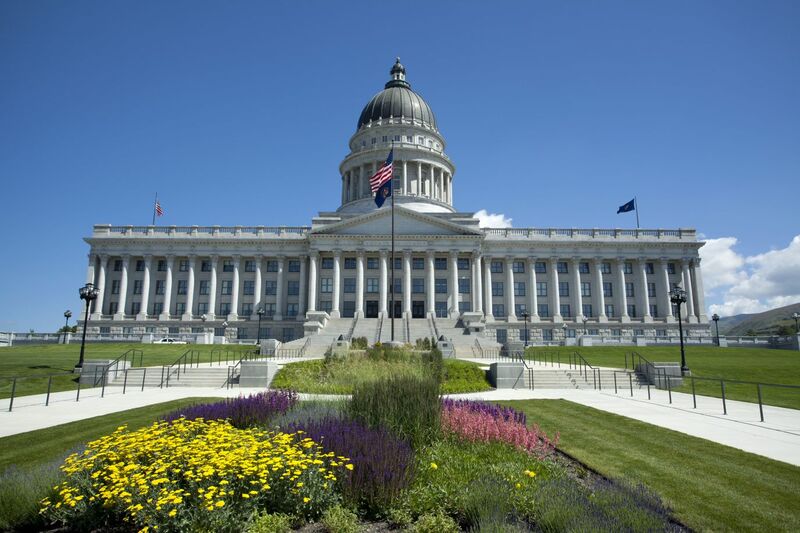
A Title II entity has to design and alter facilities to be accessible if they are planning alterations anyway. This is the same concept from Title III. The logic is simple: If you’re already going to change "it," make sure "it" works for everyone. You don’t have to go out of your way to increase access, you just have to make decisions with access in mind. The caveat is that some of these types of alterations will require Path of Travel obligations to be incorporated. Just like in Title III, Path of Travel means a certain percentage of the cost of altering a space needs to be spent on improving access. The amount of money to be spent is determined by taking 20% of the cost of altering primary function areas. Primary function areas are fundamental aspects of a facility. An example might be at the DMV: The waiting room, the service desks, the testing areas, and employee stations are all primary function areas. Alterations to these areas would be figured into that 20% figure. Restrooms, employee break rooms, and custodial storage would not count towards that 20%, even if they were part of the planned alteration. That 20% figure should be spent on improving access to the path of travel serving those primary function areas.
Program Access is the other reason a Title II covered entity may need to increase access of its existing facilities. Program Access is similar to Barrier Removal in Title III. The entity will need to understand how inaccessible its facilities are to make decisions on how to improve access. The difference is that a Title II entity has an obligation to make their provided Programs accessible. This does not necessarily mean that all facilities need to become accessible. There are times where access should be improved, but there are circumstances where they can do other things to ensure the Programs are accessible.
An easy example of physical access that should be improved is providing curb ramps in neighborhoods. Sidewalks are programs. People with disabilities have the right to leave their homes, get to bus stops, and enjoy their communities. But what about making an inaccessible meeting room accessible for public hearings? In this case, the entity may have options. They could relocate this program to another facility they already have if it is already accessible. They could potentially provide a streaming service to the meetings in order to provide access to the Program.
A county office building should likely be accessible. If it’s not, there is an argument that the county could provide access to Programs in other ways. If appointments are required to access services, the county could use that as an opportunity to work with the person with a disability to set up a home-visit. In this way, the person with a disability has equitable access to the Program even though the facility the Program is housed in is not accessible. Over the long term, having accessible facilities is the best way to ensure access is consistently provided, but the ADA allows a Title II entity options so long as people with disabilities have access to their programs.
These methods, other than providing physical access improvements, are similar to the “Alternatives to Barrier Removal" found in Title III. The key difference is that where a business is limited to what is “without much difficulty or expense,” a Title II entity must provide access to their Programs. The limit to this obligation is fundamental alteration of the Program or under administrative burden. It is a much higher bar than a Title III entity must meet. Another big difference is that if a fundamental alteration is determined by the Title II entity, that entity has to prove in writing that that is what is occurring, and the decision has to be made by the head of that public entity. This means a department manager shouldn’t be able to verbally dismiss a proposed alternative method to access a Program without giving a reason if the Program is physically inaccessible.
Going back to making physical access improvements, Title II entities have an extra consideration most businesses do not. A Title II entity will have multiple sites and miles of public right-of-way they are responsible for. Even municipalities with vast resources cannot fix every single one overnight. Part of their duty to develop a Transition Plan is to schedule when these fixes will occur. They will have to go through an internal process of prioritizing what will be addressed sooner and later. They will generally prioritize issues that affect the most people, however often communicating one’s needs to an ADA Coordinator can bump up the priority of a specific barrier when necessary.
To answer the question of “should this facility be accessible?” is very hard to answer when it comes to a Title II entity. There are a lot of unknowns that need to be investigated. That being said, the question of “should this Program be accessible?” is very easy to answer as an emphatic “Yes!” Just because all Programs should be accessible doesn’t mean they will be. When this happens, this should be communicated to the ADA Coordinator of the entity as the most efficient way to have that oversight resolved.